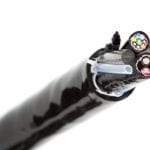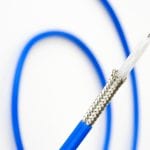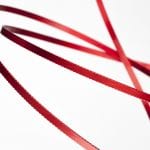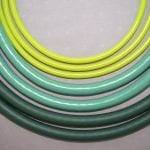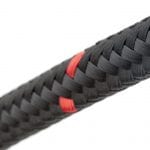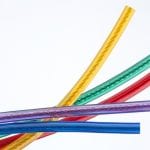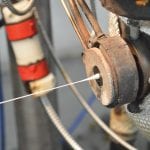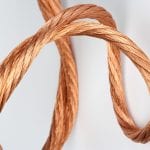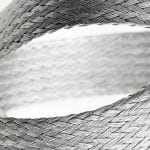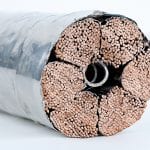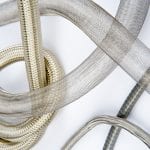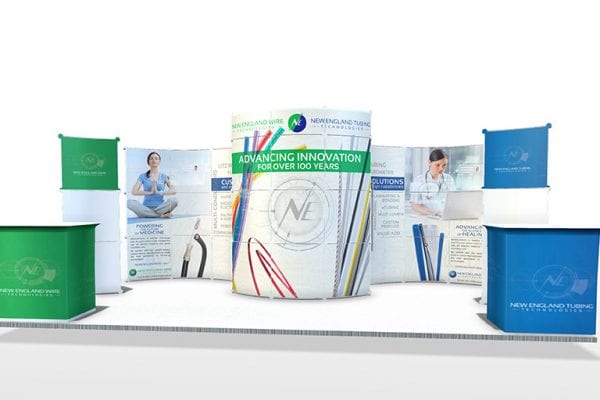Not All Ventilator Cables are Created Equal
With recent world events creating unprecedented attention and demand for mechanical ventilators, they have been thrust into the global spotlight as a critical component in the treatment of respiratory illness. But the history of these important medical devices dates back to the mid 1800’s, and they have played a significant role in combating respiratory issues ever since. The Polio pandemics of the early and mid 20th century greatly increased the need and subsequent advancements in development of these devices. From the first widely produced, negative-pressure “Iron Lung” developed in 1928, the mechanical ventilator has gone through a nearly constant evolution to today’s modern, positive-pressure, microprocessor controlled units.
With the ever-increasing need for interconnectivity and communication in nearly all medical devices, cable design has become even more critical to innovative companies building the next generation of life-saving technologies.
While the modern ventilator cable is a relatively simple design, the importance of the components and performance characteristics that make up this critical part of the device cannot be understated.
Today, we speak with Clayton Elliott, Design Engineering Manager here at New England Wire, about some of the specific design considerations and materials that go into today’s Ventilator Cables and their importance.
Q: Thanks for taking some time today to answer a few questions, Clayton…We know the medical industry requires some of the most high-performance, specialized products in the world. Where does the ventilator cable stand in terms of complexity of design and construction?
A (Clayton): While the standard ventilator cable may not be as complex as some of the highly specialized solutions we provide, it is nonetheless a critical component in the device and needs to retain physical and performance characteristics over the long term, under some pretty harsh conditions.
Q: In your opinion, what are some of the most important performance characteristics of this particular cable?
A (Clayton): Well, as I mentioned, they definitely need to stand up to potential abuse given the environment, but beyond that, there are some other considerations such as interconnection capability and shielding requirements that need to be taken into account.
Q: You mentioned the harsh conditions and physical construction, can you talk about that a bit more?
A (Clayton): Yes, well in terms of durability, the jacket plastics need to be selected not only for wear and tear, but for comfort and ease of cleaning. Medical cables in general are constantly being coiled and uncoiled, stepped on, and rolled over. Repeated sterilization in harsh conditions can further stress the cable’s physical and electrical integrity. Choosing the appropriate jacket material is critical to meet the performance demands of biocompatibility, disinfection and sterilization compatibility, environmental regulatory compliance, aesthetics, flexibility, durability, and cost. Additional surface finishes may be applied to some jacket plastics for reduced coefficient of friction and ease of cleaning.
Q: What do you mean by “comfort”?
A (Clayton): The useability of these cables by respiratory therapists, nurses and physicians is an important factor. By using smaller gauge size wires to create ultra flexible strands which are then paired with appropriate conductor plastics, the cables survive a larger number of bend cycles without suffering fatigue while offering the handler improved movement, flexibility, and overall ease of use. Patients may also appreciate a highly flexible cable as as it can decrease pulling and jabbing as they move around in the hospital setting.
Q: What about some of the other electrical capabilities you mentioned?
A (Clayton): Well, first and foremost is the constantly increasing interconnect demands of new devices today. Hybrid cable capability is crucial for meeting the numerous interconnects of a single device. Adding highly reliable wired USB communication cables to the overall design means more functionality and performance in the same circular cross-section. Sometimes there are other demands for signal, power, vent tubes, grounding, etc. In that case our design engineers work to create a customized hybrid cable tailored to the specific requirements of any application. The other primary consideration is proper shielding. This is essential to many applications as it can keep out unwanted external interference. In many cases, electromagnetic interference (EMI) is a threat to signal integrity. Shield quality is of particular importance in small signal or high frequency applications where a slight variation can have significant impact. All electrical cable will radiate energy to, and pick up energy from, its surroundings. As such, shielding can also be used to contain the electromagnetic energy radiated by a cable, which can protect nearby sensitive components – crucial in hospital settings where numerous electronics are in use within confined spaces.
“Thanks so much for taking the time to break it down for us, Clayton.”
These are just a few of the key features of ventilator cable design. If you have additional and/or special requirements for your project, Contact Us! We have provided custom cable to the medical electronics industry for decades. Our expert team of design engineers work closely with each customer to develop innovative, one-of-a-kind wire and cable solutions.
Clayton Elliott has been with New England Wire Technologies for over 23 years. He started his career as a Design Engineer in 1997 and is currently employed as the Design Manager where he oversees 10 Engineers. Clayton grew up on a dairy farm in Vermont where his interest in science and engineering grew while working with farming equipment, electro-mechanical machinery, and the technical aspects of farming. He pursued these interests at university where he received a degree in Electrical Engineering. Clayton’s special area of interest and expertise is Litz wire, signal integrity/serial data, and new sensor technologies.
Ever the engineer, in his free time Clayton enjoys implementing green energy solutions for his home, driving his Nissan Leaf, competing in High School robotics events with his son, and designing an induction heat maple sap boiler. He enjoys hiking, woodworking, and dreaming of fun and creative ways to use his engineering skills for home design projects. Clayton lives in Vermont with his wife, children, two dogs, cat, and lizard named Phil.







